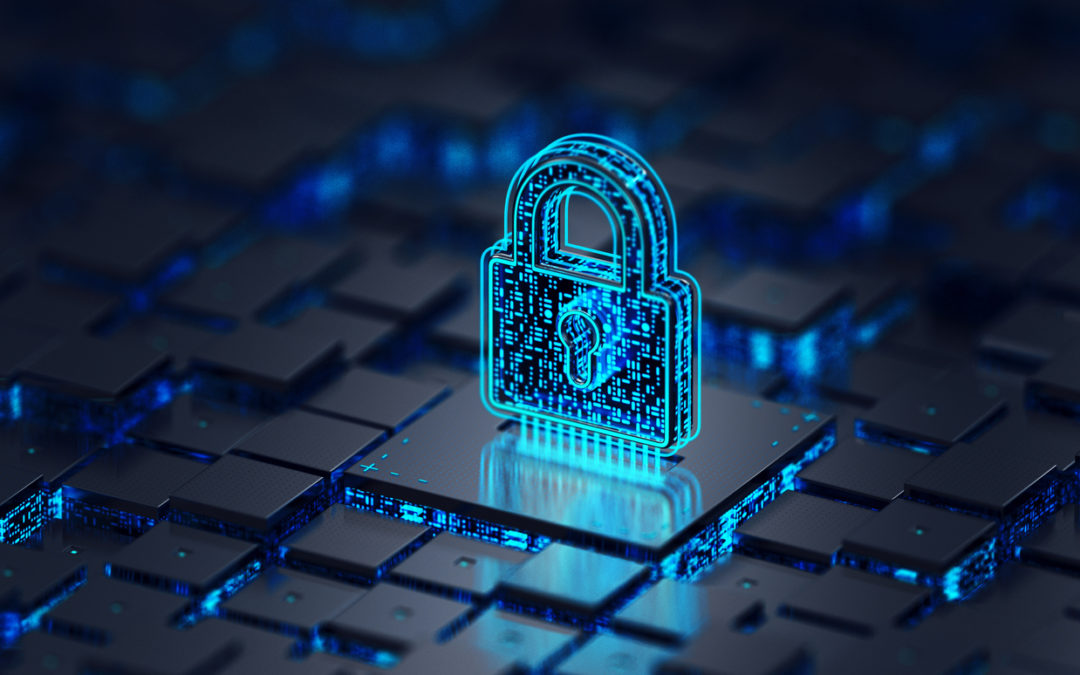More than ever, organizations must navigate a rapidly evolving cyber threat landscape to fulfill their needs and stay ahead of the curve. To help these organizations manage their risk, the National Institute of Standards and Technology developed a cybersecurity framework that addresses threats and helps to support businesses in protection. The framework integrates industry standards and best practices that organizations can utilize to establish a plan to manage cybersecurity risks. Not only does this framework help to manage risks, but it also helps them learn how to reduce these risks with protective measures.
Through the NIST framework core functions, organizations can learn how to identify, protect, detect, respond and recover from a cyberattack. In our previous blog, we spoke about the first three NIST functions—let’s now dive into the remaining two to wrap up the NIST Cybersecurity Framework.
Respond—Develop Techniques to Contain Impacts of Cybersecurity Events.
The fourth NIST framework core function focuses on activities that help organizations take action in case of a detected cybersecurity incident. It also lists ways to support and contain the impact of the potential cybersecurity incident. Some essential activities that organizations can take a part in can include:
- Ensure you have a response plan in place that can be executed during and after an incident.
- Manage your communications with internal and external stakeholders during and after an event.
- Analyze the incident to ensure you have an effective response put in place.
- Perform mitigation activities to prevent expansion of the threat.
- Implement improvements by incorporating past events.
- Keep your business operations up and running.
Recover—Implement and Restore Capabilities
The last NIST framework core function identifies appropriate activities to renew and maintain plans for resilience. You will need to restore any capabilities or services that were impaired due to a cybersecurity incident. Timely recovery is imperative—you need to get your business back up to speed. Essential activities for this function can overlap with the Respond function, but you can expect it to include:
- Ensure you implement a recovery plan.
- Implement improvements based on lessons learned and review of existing strategies.
- Make sure internal and external communications are coordinated during and following an attack.
- Repair and restore the equipment and parts of your network that were affected by the attack.
- Keep employees and customers in the loop on how you plan to move forward.
Together, these NIST functions can not only promote awareness but can help your company become ready to face a cyberattack and survive.
How REDiTECH Can Help You Get Started with NIST.
We hope that you have a better understanding of the NIST Cybersecurity Framework and how it can benefit your business. When you partner with REDiTECH, we can not only help you adopt best practices and standards from the framework, but we can also recommend solutions that can help improve your cybersecurity readiness and keep your overall business protected. Put your trust in REDiTECH to help you navigate this framework with ease and comfort.
Don’t wait until it’s too late—contact us now.
